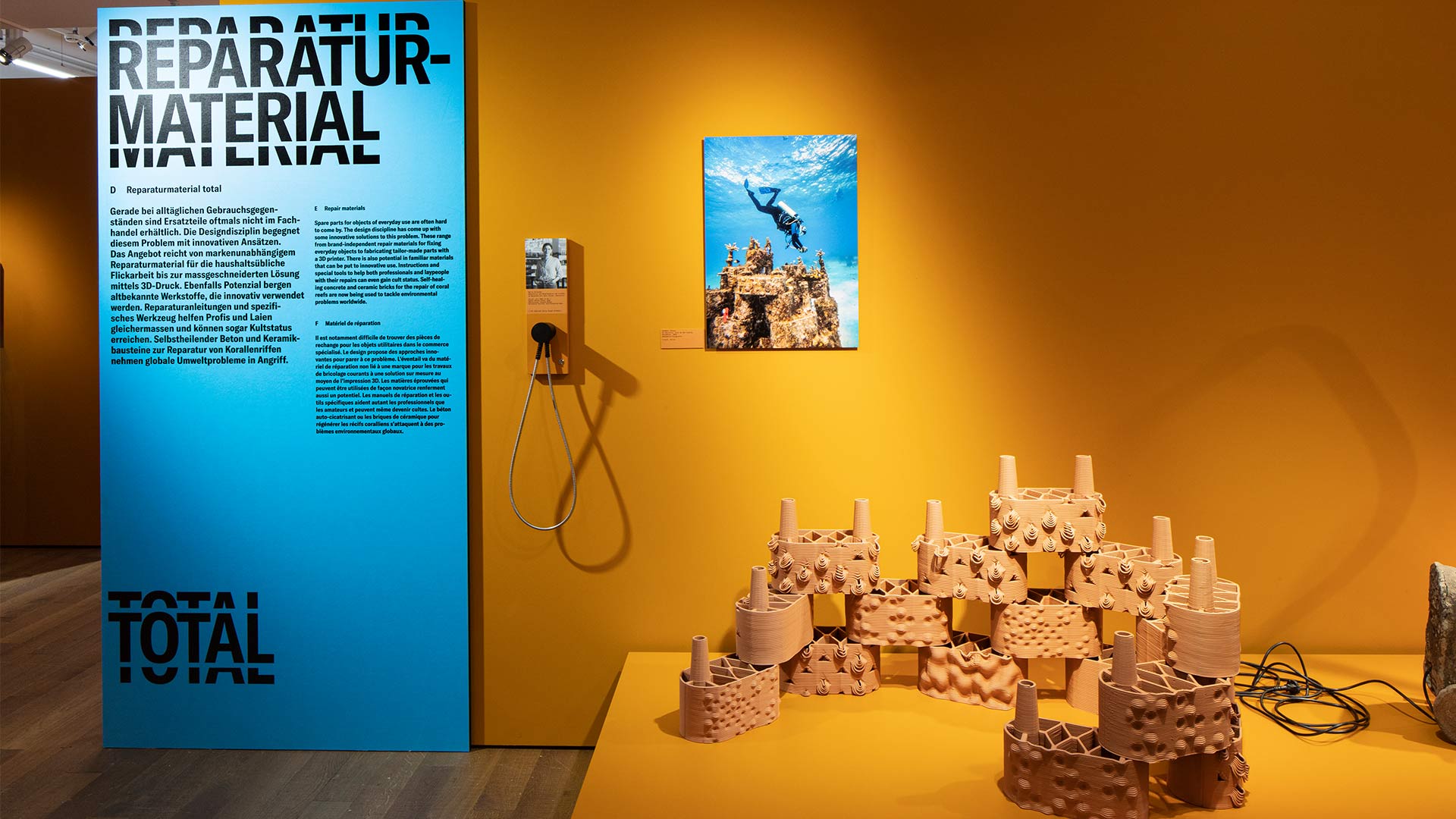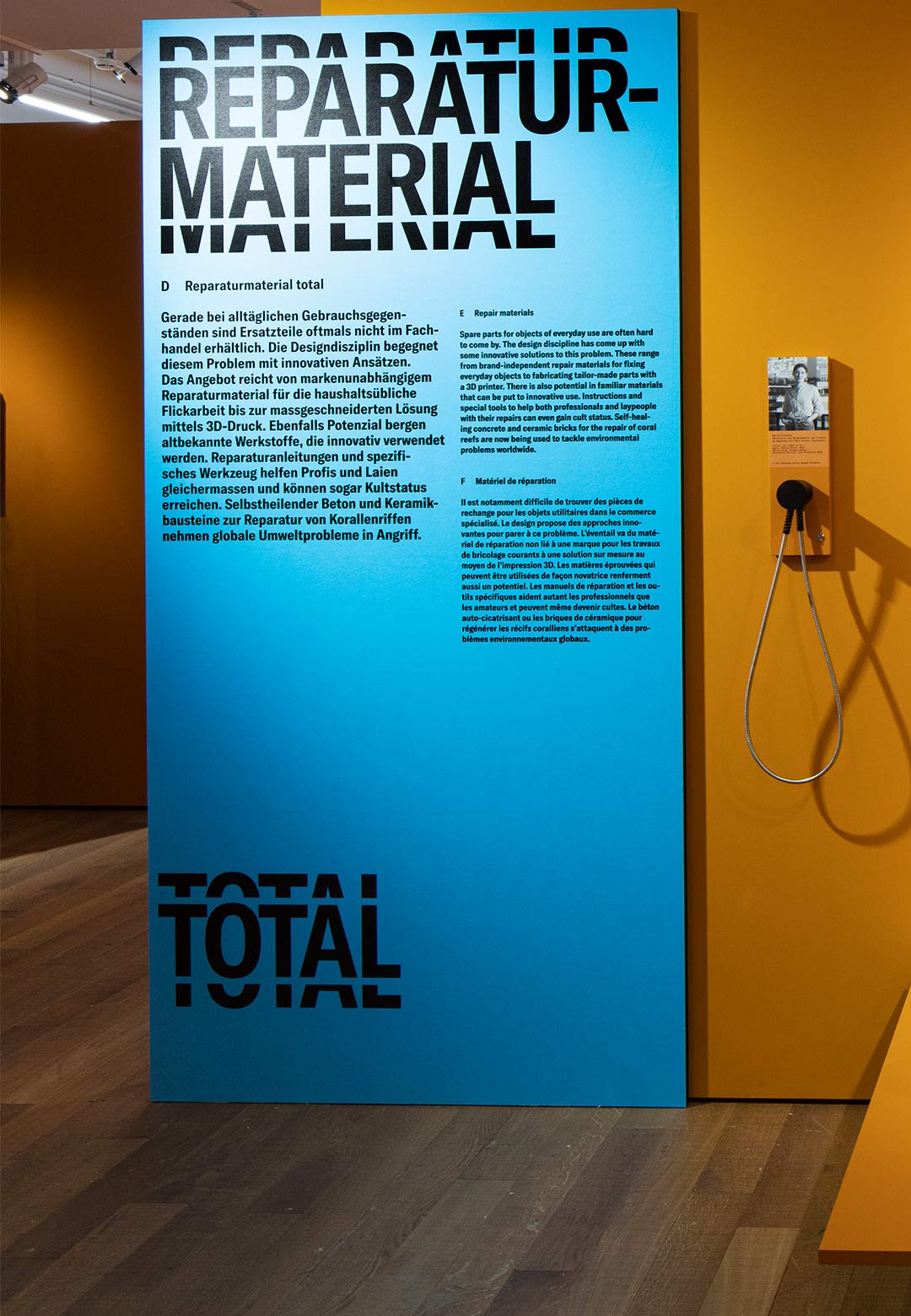The practice of discarding objects instead of repairing and reusing them has taken a stronghold today. As a child—a period of time only two decades hitherto—witnessing my mother sew close patchy slits on clothing and watching my father carry a mangled pair of shoes to the nearby cobbler was not an unusual sight. Electronic items in the house and kitchen paraphernalia, too, could be fixed with ease, either at home or in local repair shops that were not hidden behind glossy branding boards. Whether it was the onslaught of consumerism that limited this simple and sustainable practice or the evolved dominance of capitalist systems in our everyday lives, is a matter worthy of assessment. This culture of acquiring the newest and latest object is perhaps the contribution of both the aforementioned phenomena. However, in light of the recent surge in conversations about sustainable practices, it is pertinent to focus more on repairing and reusing instead of recycling or upcycling our waste discards and damaged belongings.
The ongoing exhibition, Repair Revolution!, at Museum für Gestaltung Zürich (Museum of Design Zurich), in Zurich, Switzerland, aims to revive this practice and show “that repairing things is a sound, practicable response to some of the twenty-first century's great challenges.” On view from March 31 to October 15, 2023, the exhibition, curated by Sara Zeller, presents a range of showcases split across five themes, all of which come together to “present the vision of a repair society and examine the role of design in making that vision a reality.” The poster for the exhibition is designed by poster designer, letterpress printer and graphic design educator Dafi Kühne, who employed a manual process to print it.
In pre-industrial societies, the practice of repairing and mending was as common as any other chore undertaken to sustain a life. However, today, we do not shy away from replacing broken objects in the blink of an eye. This, inadvertently, results in a growing mound of waste, rising carbon emissions and depleting natural resources. While several contemporary design practices ponder on upcycling salvaged materials and recycling waste to build useful products, few encourage the repair of already existing articles.
The acquisition of similar objects for long periods of time would perhaps mean that a larger population owns each object, resulting in an identity crisis of sorts—amongst people who often define themselves through the objects owned and acquired by them. While this may be one of the reasons for the large number of designs created every year, and the corresponding tangible products built to encapsulate these ideas, the dying down of the repair culture may also be blamed on the pricey charges levied for repair. In comparison to this, it is often easier and cheaper to buy new products and discard the old ones. Adding to this is a depletion of our skills, to mend. While the previous generations were adept at repairing objects, the effort made to acquire skills that do not directly result in monetisation is perhaps viewed as obsolete.
Pondering on the need for the revival of the repair culture, the press release shared by the museum highlights, “With climate change and dwindling resources looming, however, it is vital that both repairing and repairability once again get the attention they deserve. The average Swiss discards some 15 kilos of old clothes every year and at 23 kilos per head, Switzerland is the world's third largest producer of electronic waste. The global recycling rate is less than 20 percent, and too much electronic waste ends up on illegal waste dumps in the global south.”
Repair Revolution! ponders on contemporary practices that have developed product designs with a chosen focus on the repairability of products. A few of these examples include modular headphones, repairable mixers, shoes with changeable soles and more. While the thematic Made to break? talks about the problem of plastic waste, Pièces de Résistance beckons visitors to draw inspiration from the beauty of repaired objects. Radically Repairable, on the other hand, establishes repairability as an essential feature for responsible design, and Repair Materials enlists and displays various material and technique innovations initiated to repair and mend. The final zone in the museum, themed Repair It Together, displays the works of various collectives that “understand repairing as a communal, post-capitalist practice.”
The design exhibition is further enriched by audio interviews where the people behind the exhibits delineate their repair stories. “The focus throughout is on contemporary approaches to the subject, even if all five sections reference historical examples where relevant. In addition, one of the exhibits was chosen by inviting members of the public to submit a creatively repaired object of their own,” the museum shares.
Pivoted more on the cultural practices of the West, the exhibition aims to confront the visitors, viewers and readers with the idea of valuing old objects just as much as their newer iterations. Through examples of the Kintsugi method and mouldable glues like Sugru and Formcard, the museum also attempts to establish the aesthetic and cultural value of repaired objects and repair techniques. “An extravagantly maintained kimono, repaired chairs, darned socks from the Appenzell, or the reglazed ceramic sherds on which a starred restaurant in Zurich serves bread are among the many examples of this rather different concept of aesthetics,” the museum cites.
A few exhibits on display at the museum include modular coral reef systems developed by rrreefs, and Agbogbloshie Makerspace Platform (AMP), a pan-African project that connects makers from Ghana, the world's largest electronic waste dump, with young scientists and techies. Explaining the scope of repair culture beyond products, the museum shares, “As a cultural and social practice, repairing certainly has great potential for people who are naturally innovative and creative, even outside classical product design.”
In addition to displaying exhibits that highlight the benefits of repairing, the show also provides scope for visitors to delve into conversations about this subject. The space welcomes visitors to speak about their attempts at repairing, their frustrations regarding the difficulty of this practice, and more. On the first Tuesday afternoon of each month, the museum is transformed into a repair shop, with objects invited into the space for the sake of repair. The museum will also host a Repair Weekend, in collaboration with the bag brand Freitag, on September 9 and 10, 2023.
‘Repair Revolution!’ is on view at the Museum für Gestaltung Zürich, Toni-Areal from March 31 to October 15, 2023.






 Sign in with email
Sign in with email










What do you think?